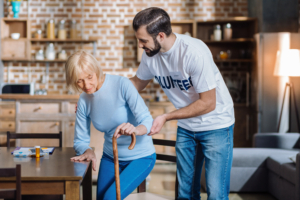The thought of hospice care can strike fear and anxiety in many individuals as they approach the end of life. Why? Perhaps it’s the notion that nothing can be done to help, or the belief that hospice means one has to leave their home or endure intense pain. Nonetheless, these fears are often grounded in misconceptions that we, as former hospice nurses, have witnessed time and time again. That’s why we decided to write our book Cracking the Hospice Code. Our aim was to address the common fears and help put them to rest with real stories and information about the benefits of hospice care. In this post, we’ll uncover some of the common fears people have regarding hospice and share some of the ways our book can help alleviate those fears.
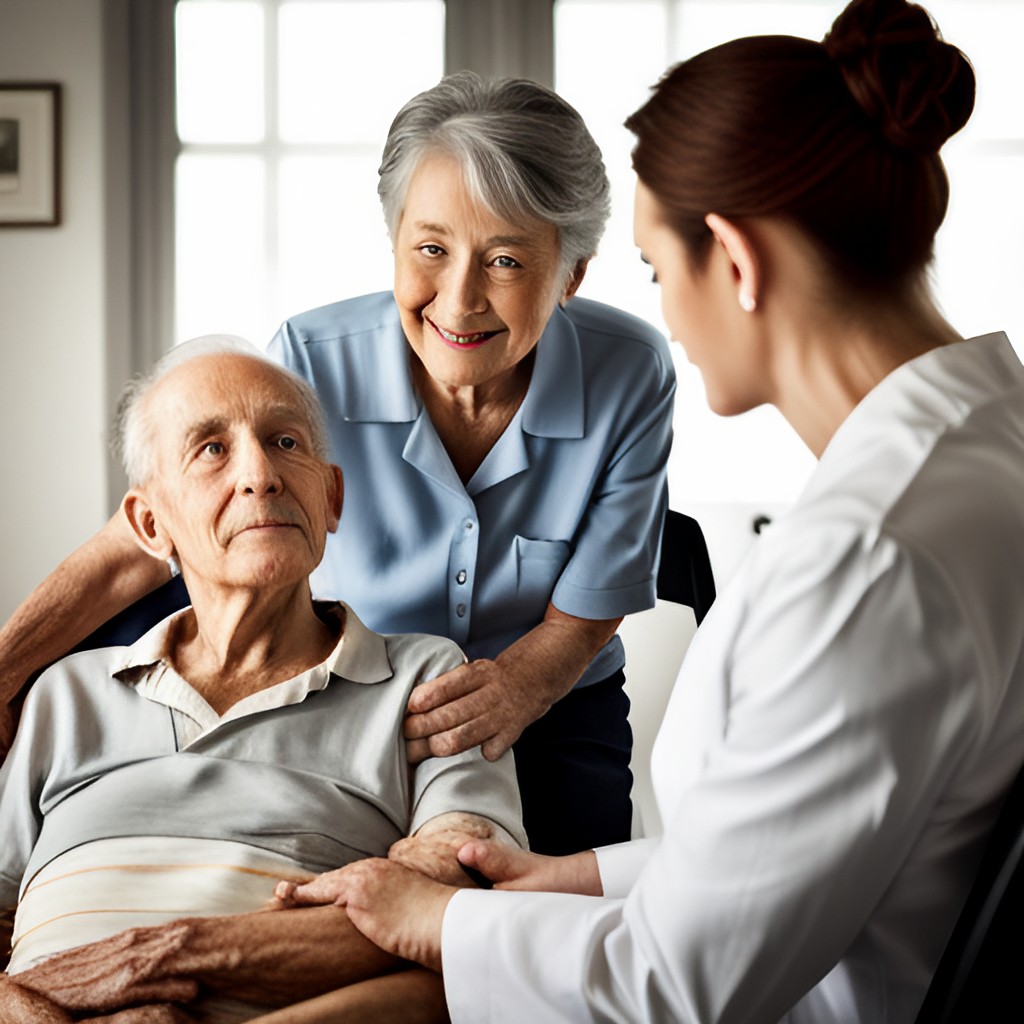
Jasper Art, 2023
As we age, the idea of hospice care can become an increasingly daunting prospect. The misconceptions and fears that surround hospice can be overwhelming, even for the strongest individuals. However, it is important to understand that hospice care is not the end of the road. It is an opportunity to provide compassionate care to individuals that is tailored to their unique needs.
Choosing hospice care can be a difficult decision, and it’s not uncommon for people to feel apprehensive or fearful about it. Many misconceptions and fears surround hospice and can make it difficult for people to make an informed decision. We will share a few of the 10 Misconceptions. If you would like to sample a free chapter of the book to see if it might bring you value, you can get that HERE.
Fear of Not Eating and Drinking
A common fear surrounding hospice is that one will be ‘starved to death’ by not being allowed to eat or drink. However, the truth is that hospice understands the importance of feeding and hydration and will work with patients to ensure they are comfortable and have the necessary nutrition and fluids. Our book shares stories of patients who were able to continue eating and drinking comfortably, and how hospice care was supportive in ensuring their comfort.
For many individuals, the mere thought of hospice care brings up concerns about not eating or drinking. One of the biggest fears individuals have is that they will not be able to eat or drink and that this will hasten their death. However, this is not true. In fact, hospice care providers work to make sure that individuals can eat and drink as much as they want. They focus on making the individual as comfortable as possible so that they can still enjoy their favorite foods and drinks. Cracking the Hospice Code addresses this concern and shares stories of real patients, reassuring readers that they will not be deprived of food and drink during hospice care.
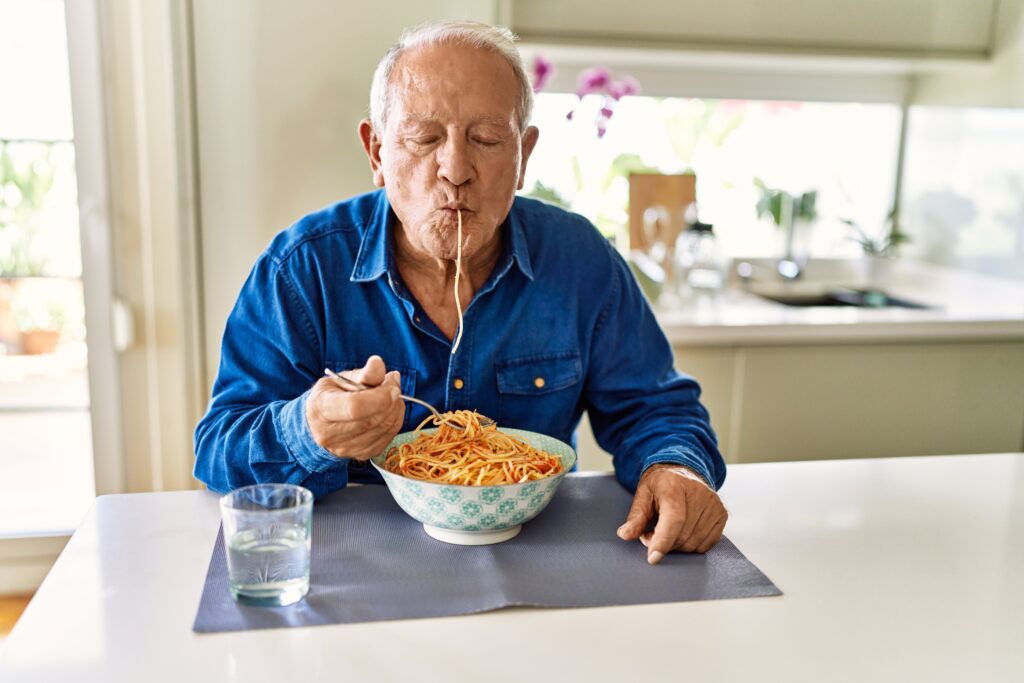
By Krakenimages.com Adobe Stock Photos
This commonly revolves around the idea that hospice care is only for those who are actively dying. However, hospice care is about enhancing the quality of life of the patient. Hospice nurses work to ensure the patient’s comfort, which includes attending to their nutritional needs and providing pain control measures.
During that last phase of life, the body undergoes many changes on its own to ease the dying process. One of those biological factors is that as a person approaches death their body naturally begins to dehydrate. At first thirst is prevalent but then that disappears as time goes on. The muscles weaken as a part of this process and so swallowing needs muscle strength to continue swallowing effectively and not choking or allowing the food and drinks to get into the lungs. We encourage food and drink as long as the person can handle it. This means no coughing or choking when swallowing. This is one of the hardest things as a loved one to not feed or offer beverages. It is unnatural and goes against everything we know about healing. “You can’t get better if you don’t eat or drink” or “You are going to die if you don’t eat or drink.” This is a sad reality but this is part of the dying process. Knowledge is power so knowing this is a natural part of the journey may help you to deal with this process a bit easier.
Fear of Morphine
Another common fear is the misuse or overuse of morphine. People often worry that their loved one will be given too much and suffer adverse effects. While the use of morphine can be a necessary step in managing pain, it is important to understand that hospice care is focused on making patients comfortable and minimizing pain while preserving their quality of life. Our book shares real stories of how hospice providers are trained to use morphine to manage pain and how it is closely monitored to minimize any negative effects. Our goal is not to over-medicate but to medicate enough that your loved one can have a quality of life that is left and be able to interact with family.
Another fear that often arises when discussing hospice care is the impact of morphine. Many individuals worry that taking morphine will hasten their death or make them feel drugged and out of control. However, it is important to understand that morphine is used to manage pain and other symptoms associated with terminal illness. In fact, most individuals find that they feel more comfortable and in control when taking morphine. Cracking the Hospice Code addresses this fear head-on and explains the benefits of using morphine in hospice care.
Additionally, many patients who have experienced severe pain find that taking morphine can be a relief, allowing them to enjoy conversations and activities they were unable to engage in.
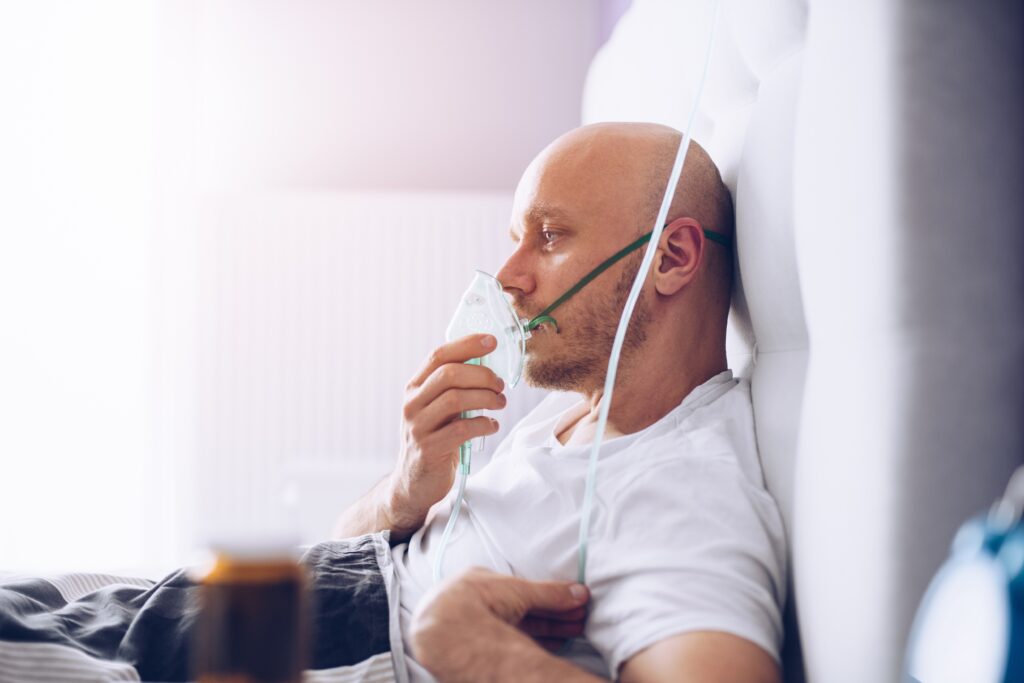
By Daniel Jędzura Adobe Stock Photos
During the dying process people sleep more. It starts out as 12 hours at a time then maybe 18 hours at a time and then maybe only brief periods of wakefulness during an entire 24-hour period. Everyone’s journey is a bit different. Sleeping for many hours of the day is a normal part of the process and not necessarily related to the use of morphine.
One last thing about the morphine. The liquid place under the tongue is a short acting form of morphine. Something that many people aren’t aware of is the benefits of using morphine to help with breathing. Those individuals that suffer from end stage COPD (Chronic Obstructive Lung Disease) or End Stage CHF (Congestive Heart Failure) often rely on oxygen and morphine to help with their breathing. Morphine affects the smooth muscles in our body. The muscles that work without us having to tell them to such as the process of breathing. The morphine actually relaxes those smooth muscles and allows them to work better and hence makes breathing easier.
Fear of Leaving Home
It’s a common misconception that choosing hospice means leaving one’s home and being confined to a facility. Hospice care provides care to patients wherever they call home, whether that’s in their own house or a facility such as a nursing home, assisted living or a residential hospice house. Our book shares stories of patients who were able to receive hospice care in their own homes, surrounded by the things they love.
In fact, the majority of hospice care is provided in the patient’s own home. Hospice nurses, social workers, personal care aides, chaplains, volunteers, and others work alongside caregivers and family members to make this a possibility.
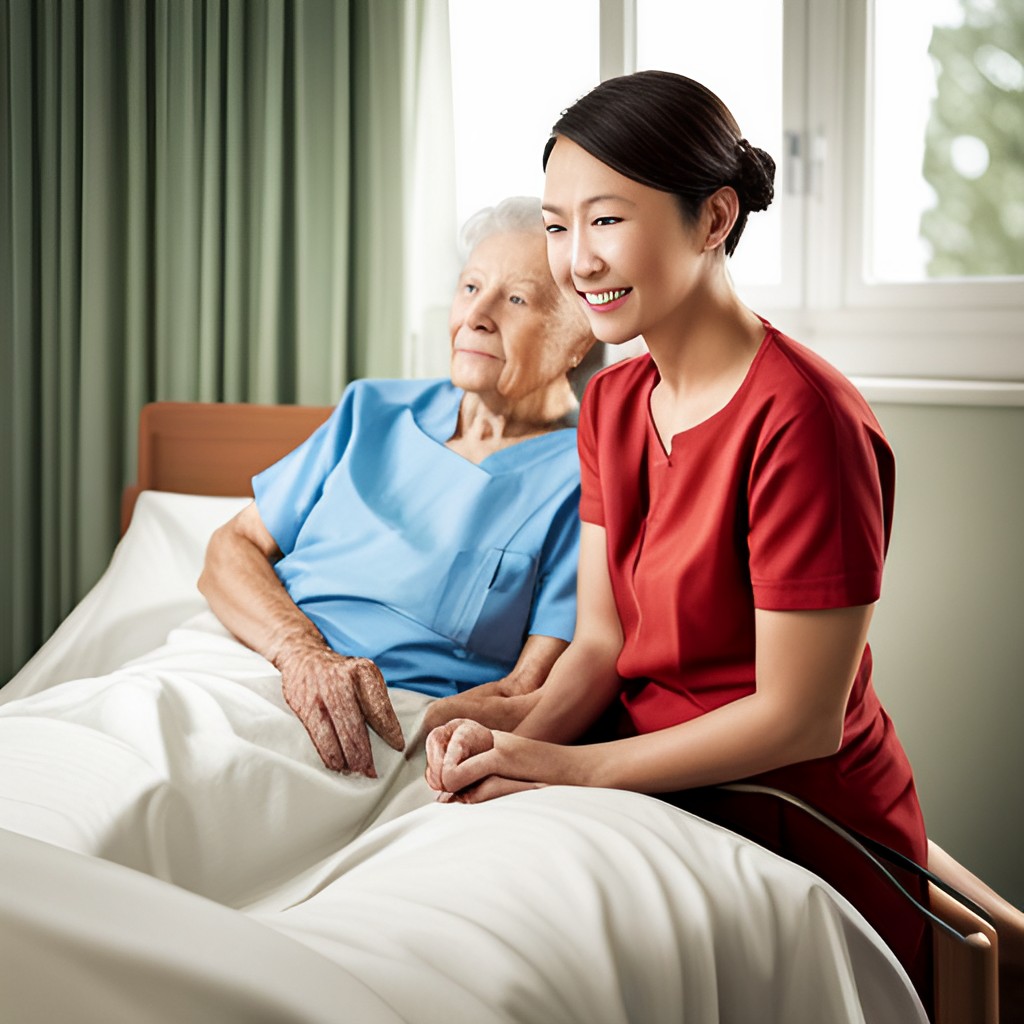
Jasper Art 2023
Debunking Misconceptions
Our book, Cracking the Hospice Code, addresses 10 misconceptions that are commonly held by individuals when it comes to hospice care. The book is not a textbook on regulations, but rather a guide to understanding the benefits of hospice care. We share stories of real patients and families that we worked with during our time as hospice nurses, allowing readers to gain a better understanding of what hospice care really looks like. By debunking misconceptions and addressing fears, we hope to help individuals better understand hospice care and make more informed decisions about their care. If you are unsure about what the book shares, we invite you to receive a free chapter to read one of our favorite stories of clients’ past.
Our book helps debunk fears by sharing real stories from patients and caregivers. The book features stories of patients who were able to retain some of their independence due to the help hospice provided with daily activities. It also features stories of family members who received much-needed respite care, giving them the ability to care for themselves, helping curb feelings of anxiety and depression.
Conclusion:
In conclusion, hospice care can be a difficult topic to address. However, it is important to understand that hospice care is not the end of the road, but rather an opportunity for compassionate care tailored to an individual’s unique needs. Cracking the Hospice Code aims to address common misconceptions and fears surrounding hospice care through stories of real patients and families. By understanding the benefits of hospice care, individuals can make more informed decisions about their care and find peace and comfort in their final days. We want to put your fears to rest.
We hope that by debunking common misconceptions surrounding hospice, we can help people make informed and confident decisions about hospice care. By providing compassionate care and supporting patients in their home or wherever they call home, hospice care can help bring comfort and peace during the final season of life.
We hope that our book can provide comfort, reassurance, and guidance to all those seeking hospice care.
Thank you for taking the time to visit us here and learn more about a very delicate and personal topic. If you have concerns and doubts about hospice we encourage you to read our book and discover all the ways hospice has impacted some of our patients in our past experience as hospice nurses and nurse advocates. We also encourage you to watch the video and learn more about Your Nurse Advocate Consulting and why we wrote the book “Cracking the Hospice Code.” To get an idea of the content of the book we also invite you to get a free chapter to learn more.
Take care and we will see you back here soon!
Pam and Linda
Your Nurse Advocates
“Compassionate Care for Aging Adults, Peace of Mind for Adult Children.”
Resources:
https://www.nia.nih.gov/health/frequently-asked-questions-about-hospice-care


